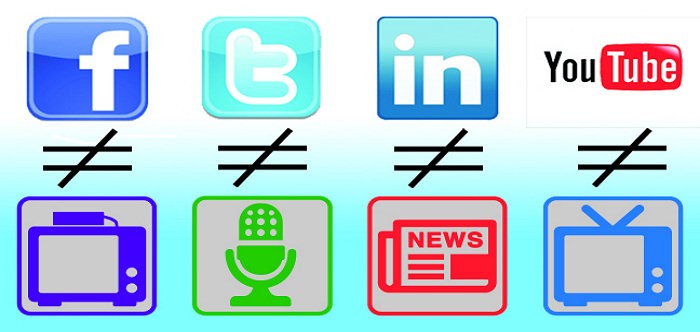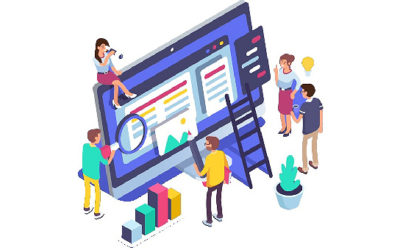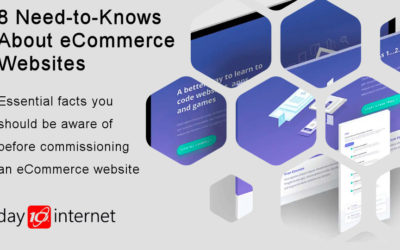Over the past 15 years or so, online marketing has come a long way. Initially, online marketing meant a simple website for your business. Nowadays there is a baffling array of tools and techniques to choose from. If you’re confused, then you are in good company.
As a business owner who realizes that you need to use the power of the web, it’s easy to lose focus and be seduced by the latest trends. So in this post I’m going to help bring some focus back by demonstrating that the process of online marketing is essentially the same as the process of offline marketing,
Magic Bullets
Online marketing has seen many trends over the past years. And at various times they have all been touted as “magic bullets” for getting increased business from the web. Websites, search engines, blogs, online newsletters, social media, content marketing; the list is endless.
Entire industries and disciplines have grown around these tools and techniques. Web design and development, search engine optimization, conversion optimization, social media marketing (one guy even went around styling himself the “Apostle of Social Media”, as if social media was a religion!).
But none of these tools and techniques are, in themselves, the solution to winning business on the web. They are all, what I will call, point solutions. As a business owner, you need to take a step back from them and consider what your marketing process is.
Plus Ca Change…..
The more things change the more they remain the same.
Think about the process of marketing and selling your products and services and you will realize that not a lot has changed with the advent of the web.
We can sum the process up as the following:
- You need a product or service offering that people want to buy (unless you’re into pyramid selling!).
- You need to find an audience of potential customers and make them aware of its existence.
- You need to persuade that audience that they want it, so that they will make enquiries and become hot leads.
- You then need to sell to those people and actually close sales.
Before the internet, businesses used techniques such as advertising to make people aware. They used direct mailings, cold calling, and telemarketing to get leads. And they used salesmen to make and close sales.
The process today is no different. The steps listed above apply just the same. The difference is in the techniques used. Search engines and social media to make people aware. Blogs and websites to persuade people to attract enquiries. And email to help close sales.
The difference is in the cost. Offline marketing techniques are expensive. Online costs significantly less. That is the big advantage of online marketing.
Don’t Forget The Close
But I’ve deliberately left out one important point so I can emphasize it at the end. No matter whether you are using offline or online marketing, in the end, you have to close the sale. Nine times out of ten, even if your marketing is primarily online, you will need someone, a sales person or yourself, to get in front of the customer and do the business.
This step is the most vital one and is the one that is often forgotten by those that embrace online marketing to the full.
My Advice To You
Don’t let yourself be seduced into using the latest, trendy gimmicks to market your business.
Do step back and think about the marketing/sales process and think where in that process any online marking tools fit.
Do take advice from people who understand the marketing process and how the various tools and techniques fit into it.
Remember that there are a lot of “snake oil salesmen” out there, especially in the online business.






